Rhode Island Native Plants: 9 Beautiful Blooms For Your Garden

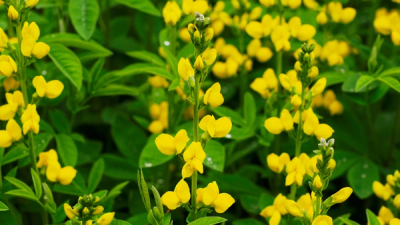
Whether your garden basks in full sun, enjoys some dappled shade, or resides in the shelter of dense woodland, these 9 native plants will serve as a rich foundation for creating abundant and ecologically beneficial gardens.
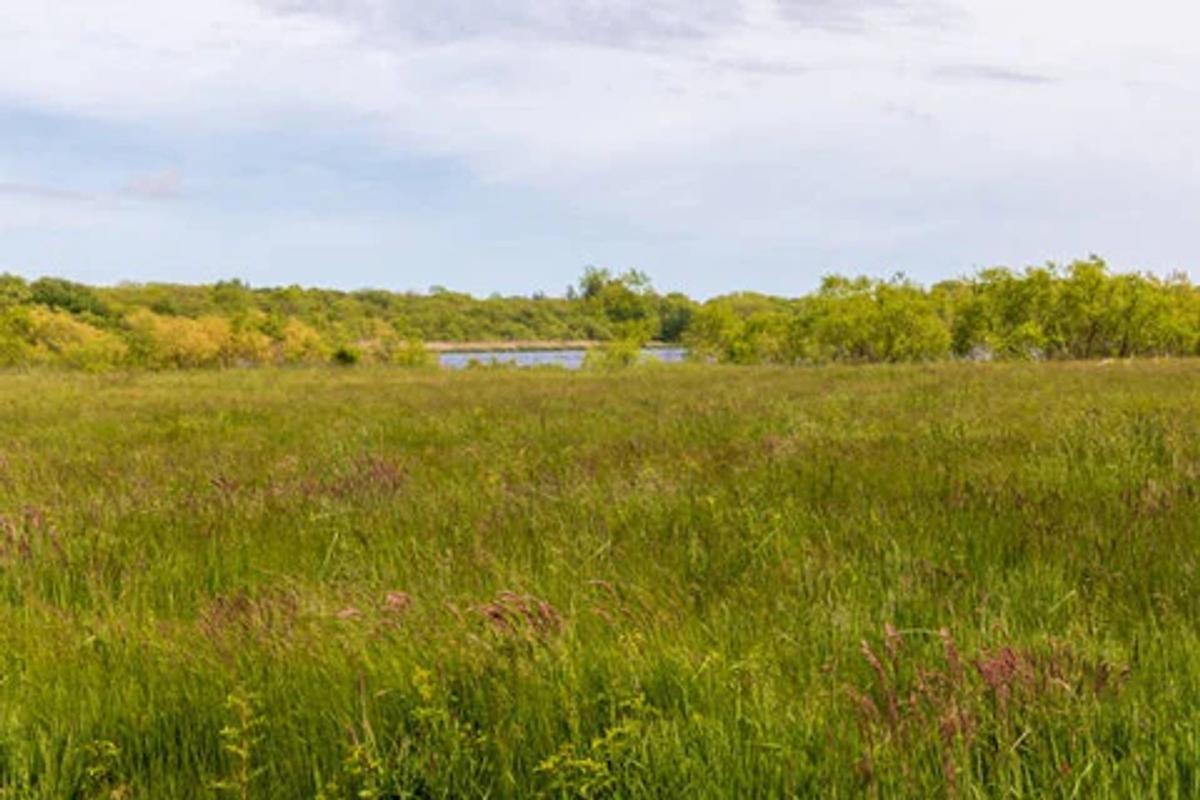
Despite being the smallest state in the country, Rhode Island boasts an amazing collection of native plants that thrive in the state's unique environment and coastal areas. Even Rhode Island's state flower, the Common Blue Violet (Viola sororia), is a native species in the state. As you'll learn in the sections ahead, growing these native plants in your Rhode Island yard offers numerous advantages. Whether your garden basks in full sun, enjoys some dappled shade, or resides in the shelter of dense woodland, these 9 native plants will serve as a rich foundation for creating abundant and ecologically beneficial gardens. Before we dive into the details, let's get a better understanding of why native plants are vital for your landscape.
What are Rhode Island Native Plants?
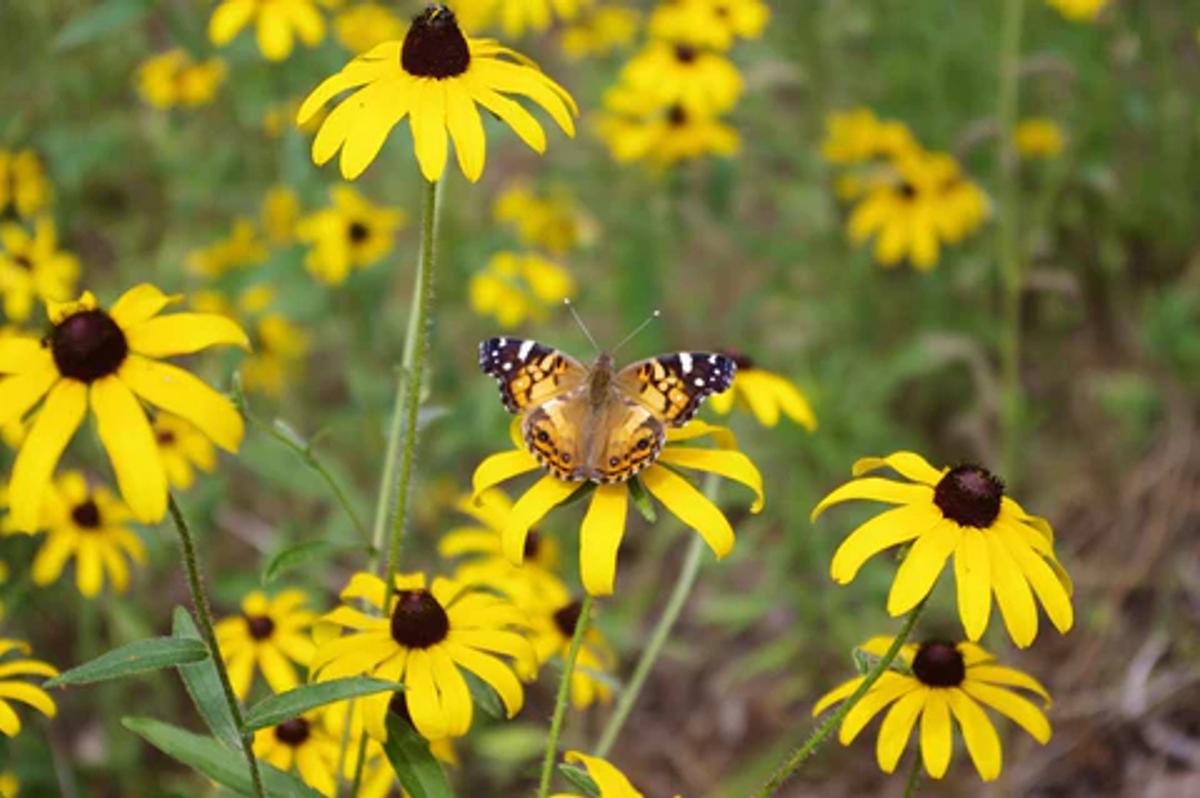
Put simply, plants native to Rhode Island are those that have flourished in the region we now know as the Ocean State (and across much of the northeastern United States) for countless centuries. The native species we encounter today are the descendants of ancestral plants that thrived in Rhode Island's ecosystems long before the arrival of European settlers. Over time, these plants have developed remarkable adaptations to thrive in Rhode Island's unique environment and climate, all while providing habitats for essential wildlife.
Rhode Island's native plants not only directly support local wildlife and ecosystems but are also exceptional additions to gardens and landscapes. These native plants tend to grow quickly, possess natural resistance to drought, require minimal fertilization, and need relatively little maintenance. Choosing the appropriate native plants for your specific region in Rhode Island can enhance the beauty and ecological significance of any landscaping endeavor.
Why are Native Plant Species Important?
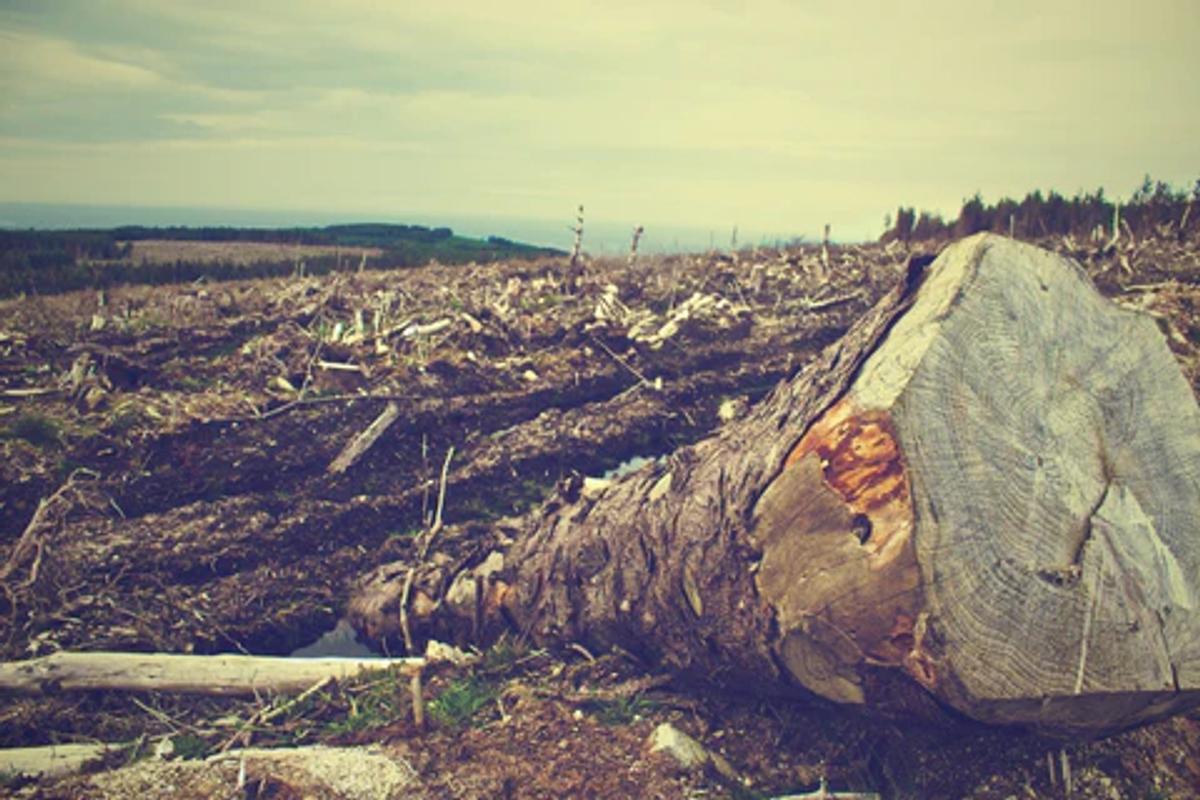
There has been an ongoing and incredible loss of animal life worldwide over the past 150 years. This tragic population decline has affected almost every major group of wildlife, including the many bees, butterflies, birds, and other beneficial pollinators that allow our natural world to function. A leading driver of this decline is habitat loss due to land mismanagement: as humans, we've spent far too long removing the native trees and herbaceous perennial plants our native fauna needs and replacing them with non native species that do little or nothing to help.
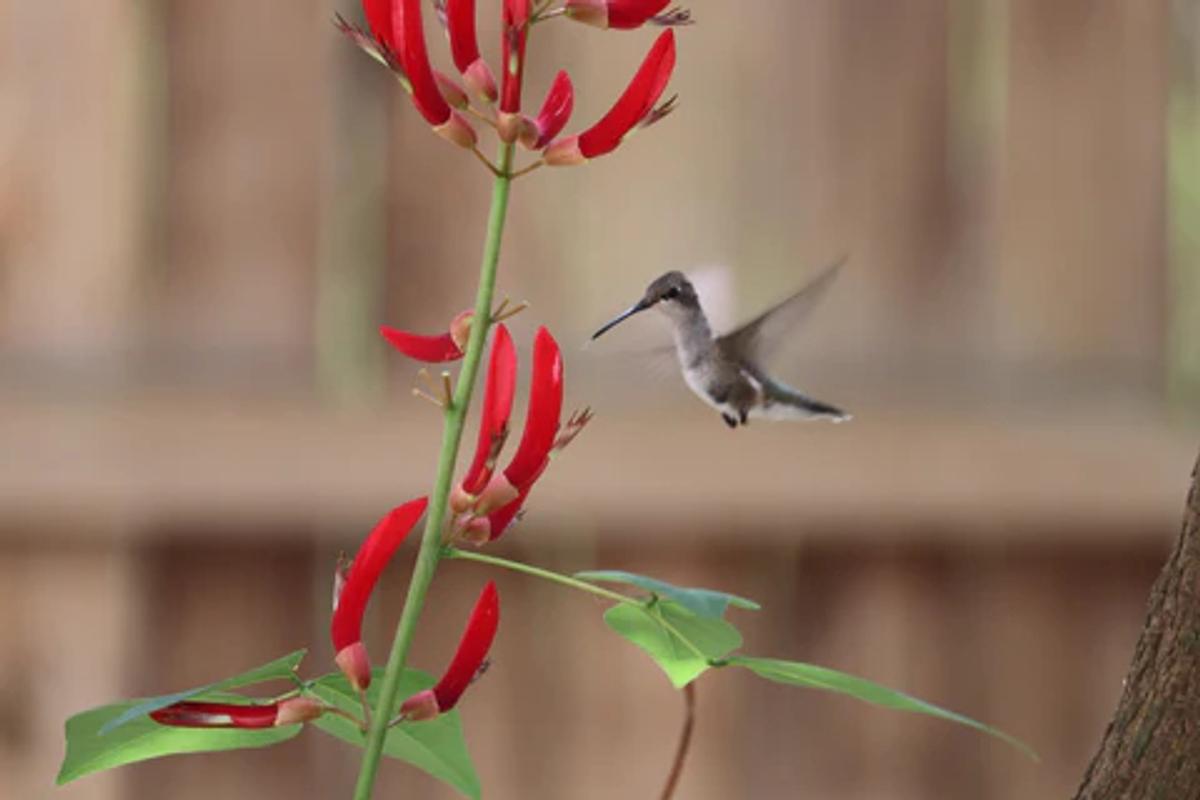
By contrast, the trees, shrubs, grasses, and flowers that are native to their areas are especially well-adapted to provide ecosystem services, like offering food, shelter and other resources for many pollinators, birds, and other beneficial creatures. Rhode Island natives also tend to cycle nutrients into the soil more efficiently, retain more storm water, and require very little maintenance compared to any kind of turf grass or cultivated ornamental you might find at standard nurseries.
Many species of Rhode Island native plants can survive in poor soils and are drought tolerant and deer resistant once established. Simply by choosing to buy native plants for your Rhode Island garden beds or other landscaping efforts, you can directly help to reduce atmospheric CO2, create fertile soil, and reestablish a healthy natural environment where you live.
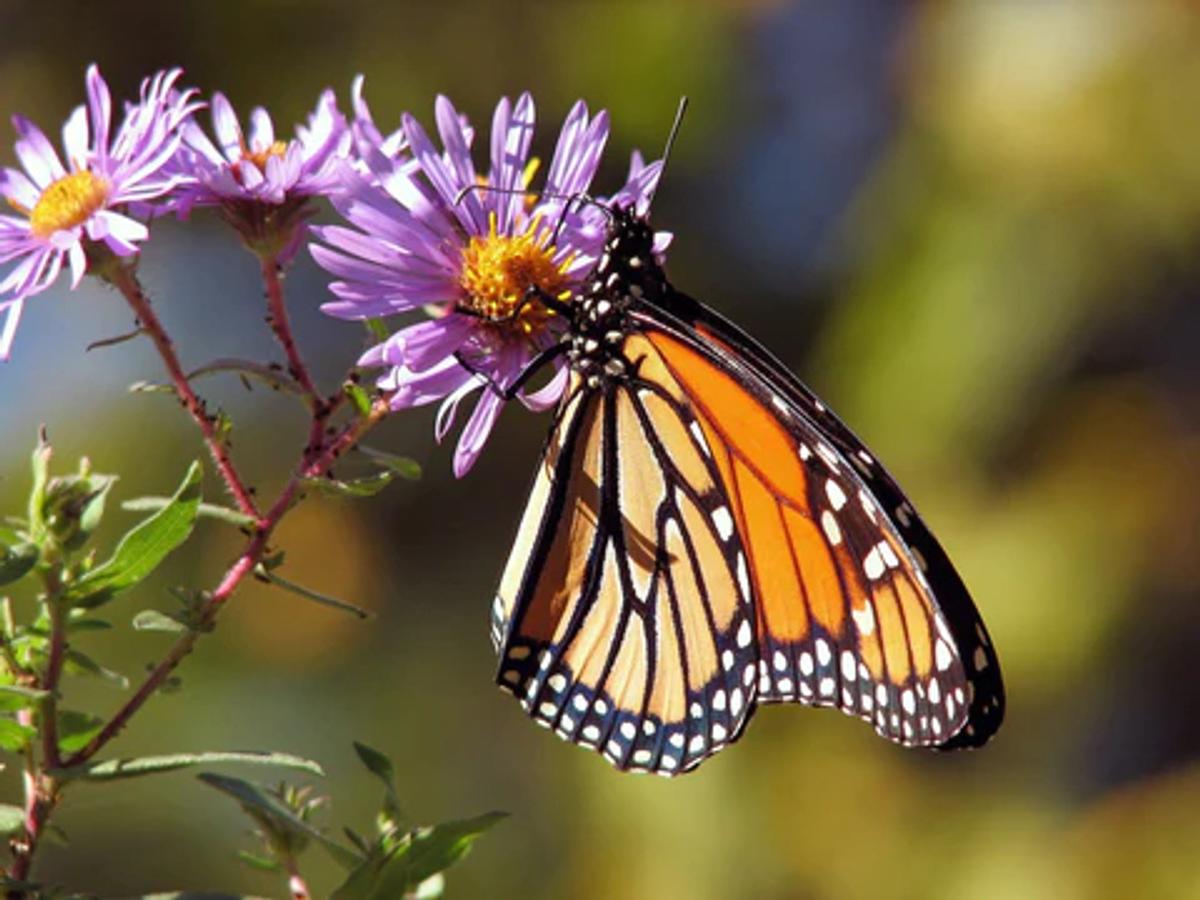
Plants Native to Rhode Island
Below, I share just a handful of Rhode Island native plants, and split them into three major plant lists of sun exposure: Full Sun, Part Shade, and Full Shade. Doing this will hopefully help you get started identifying some of the right plants for your local growing conditions. Each one of the plants listed will support many beneficial insects and some can be found, along with other Rhode Island native plants, in My Home Park's pre-designed gardens for Rhode Island.
Native Plants for Full Sun

Yellow Wild Indigo is a hardy native perennial with vibrant yellow flowers that bloom from upright spikes during the summer months. Growing up to 3 feet tall, Yellow Wild Indigo features an attractive clumping habit with blue-green foliage. This creates an appealing backdrop even when the flowers have faded. This Rhode Island native thrives in full sun to light shade and prefers well-drained soil. It's known for its adaptability and ability to withstand various soil conditions, including dry and sandy areas. Beyond its visual appeal, Yellow Wild Indigo offers ecological benefits by providing nectar for pollinators and supporting soil health through its nitrogen-fixing properties.
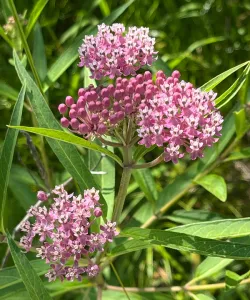
Rose Milkweed, also commonly referred to as Swamp Milkweed, is a wonderful choice for first-time gardeners looking to make a positive impact on their environment. With its striking clusters of pink or mauve flowers and long, slender leaves, this native perennial not only adds beauty to your garden but also supports important pollinators like butterflies and bees. Easy to care for and adaptable to various soil types, Rose Milkweed is a perfect starting point for those new to gardening, providing a splash of color while contributing to the health of local ecosystems. As a member of the Asclepias genus of milkweeds, Rose Milkweed also provides endangered Monarch Butterflies with a place to lay their eggs. Monarch Butterfly caterpillars feed exclusively on milkweeds. So by cultivating Rose Milkweed in your garden, you'll be creating a stunning landscape while also contributing to the conservation of this fragile species.

Garden Phlox (Phlox paniculata) is a delightful perennial known for its stunning clusters of fragrant, colorful flowers. These flowers come in a variety of shades, including pink, purple, white, and red, adding vibrant hues to your garden. Garden Phlox is a favorite among butterflies, bees, and other pollinators making it another great choice for supporting local wildlife. This versatile plant thrives in full sun to partial shade and prefers well-draining soil. With regular watering and proper care, Garden Phlox can reach heights of 2 to 4 feet, making it a wonderful addition to borders, beds, or as a focal point in your garden.
Native Plants for Part Shade
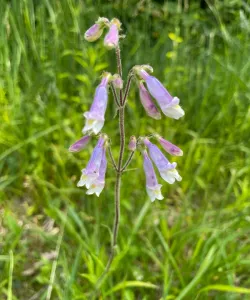
Hairy Beardtongue gets its name in part from the fine hairs on their purple flowers. A resilient and adaptable addition to almost any garden, this plant enjoys full to partial sun and well-drained soils. Although Hairy Beardtongue grows only about 1 to 2 feet tall, it will attract all manner of pollinators - occasionally even hummingbirds - during its spring bloom.

White Baneberry reaches a height of around 1 to 2 feet and produces delicate white flowers that create a lovely display in Spring and early Summer. As summer progresses, these flowers develop into small white berries which resemble beads (or, as its other common name suggests, white doll's eyes). Although a treat for birds, these berries are toxic if ingested by humans. The plant thrives in partial to full shade, making it a great addition to shaded areas in your garden or landscape.
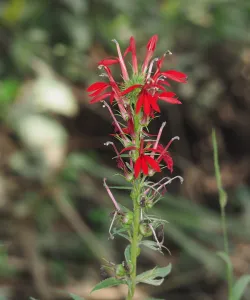
Cardinal Flower (Lobelia cardinalis) is a captivating flowering plant renowned for its showy scarlet-red blooms and its role in attracting hummingbirds and other pollinators. This perennial wildflower thrives in wetland habitats and along the edges of streams, where its vibrant flowers stand out against its dark green leaves. Growing to heights of 2 to 4 feet, Cardinal Flower brings a vertical accent to gardens and natural settings. Its unique color and shape make it a standout choice for attracting attention and biodiversity. This plant's preference for higher soil moisture and partial to full sun aligns well with various wetland restoration projects and rain gardens.
Native Plants for Shade

All Goldenrods (plants with a scientific name that includes Solidago) are among the most important native plants in North America because they tend to bloom in late summer and their flowers support so many species of beneficial insects. Zigzag Goldenrod is one example of just a few goldenrods that enjoys life with little sun. A great choice for shade gardens with dry to mesic soil, this plant will bring a wash of yellow to the understory.

With a height ranging from 1 to 2 feet, Golden Ragwort is a clump forming perennial that grows in compact mounds of foliage that serve as excellent ground cover, especially in shaded or partially shaded areas. This perennial plant features clusters of golden-yellow flowers that bloom in early spring, creating a vibrant display that attracts pollinators like bees and butterflies. Its adaptability to different soil types, including moist and well-draining soils, makes it a versatile choice for various gardening conditions.
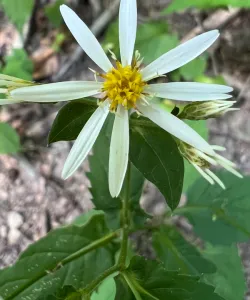
White Wood Aster is a delicate yet resilient native wildflower that graces woodlands, gardens, and natural habitats with its understated beauty. This perennial plant features dainty, daisy-like white flowers that bloom in late summer to early fall, providing a late-season burst of color and pollinator support when many other plants have finished flowering. Reaching a height of about 1 to 3 feet, White Wood Aster is known for its slender stems and heart-shaped leaves, which create an attractive backdrop for its starry blooms.
What You Can Do Today
If you live in Rhode Island, My Home Park has pre-designed gardens that bring together diverse sets of New England native plant species produced by expert, organic growers who draw on diversified east coast gene lines. Our collections are designed to bloom from early spring to fall, beautifying your landscape while supporting wildlife. Check out our catalog for Rhode Island or in any of the other states we serve in New England and beyond to get started today!
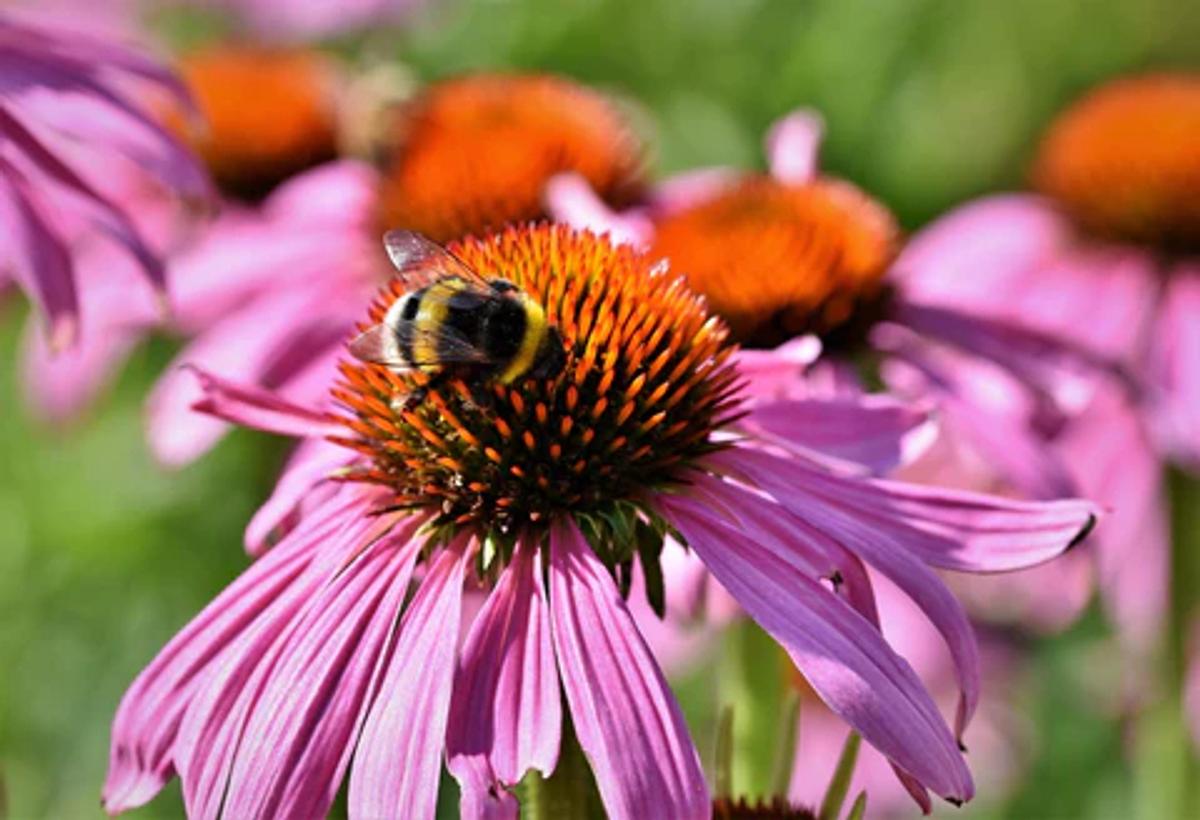
Share this article


